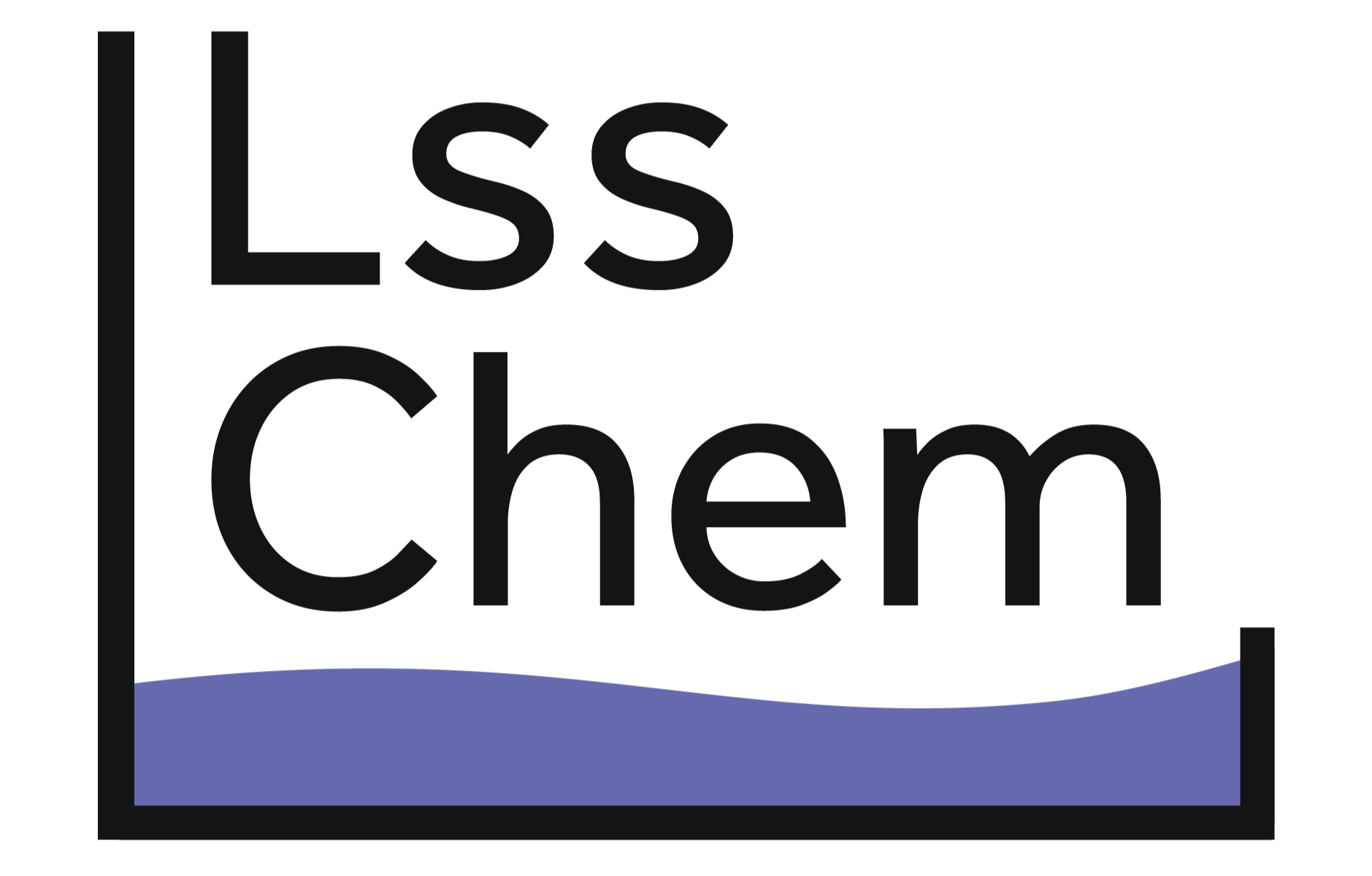What are fluorinated solvents?
Fluorinated solvents are those which contain fluorine and can be used as cleaning agents for different types of surfaces. There are various types of compounds that fluorinated solvents can be composed of, including hydrofluorocarbons (HFC’s) and hydrofluoroethers (HFE’s).
Are fluorinated solvents harmful for the environment?
Certain fluorinated solvents can be formulated with ozone-depleting chemicals, such as hydrofluorocarbons (HFC’s), which have a high global warming potential. Other fluorinated solvents, especially newer alternatives, can be formulated with non-ozone depleting chemicals, like hydrofluoroethers (HFE’s). These eco-friendly solvents are becoming increasingly popular because of their wide range of applications and favorable properties as cleaning agents, such as:
- Low surface tension
- Low viscosity
- Low toxicity
- Non-flammable
- No contribution to ozone depletion
Solvents containing HFE’s are desirable as eco-friendly cleaning agents, specifically for a process like vapor degreasing because of their low boiling point and low viscosity. These properties allow them to be easily boiled in the vapor degreaser and efficiently clean the surface by penetrating snug spaces.
What are non-fluorinated solvents?
Non-fluorinated solvents are any solvents that do not contain fluorine and may be either chlorinated or brominated cleaning agents. Some examples of chlorinated solvents include:
- Trichloroethylene
- Methylene chloride
- Methyl chloroform
Chlorinated solvents are generally considered to be toxic and suspected carcinogens. They are also known for being harmful for the environment and some have very high ozone depletion potential. Trichloroethylene, for example, is a known carcinogenic solvent and water/air pollutant.
Brominated solvents, like chlorinated solvents, can also be toxic to humans and cause various negative health effects. They have even been banned in some countries due to their extremely high ozone depletion potential. Some examples of common brominated solvents include:
- Ethylene dibromide
- Methyl bromine
- N-propyl bromide (1-bromopropane)
N-propyl bromide (nPB) is a very commonly used solvent, especially for vapor degreasing, because of its non-flammability, low boiling point, and other favorable cleaning properties. Though nPB is a very effective cleaning agent, it is considered toxic to humans and was added to the EPA’s list of hazardous air pollutants.
Which solvent out of the two is better?
Though each solvent in either can vary based on chemical composition and what it is formulated out of, newer fluorinated alternative solvents seem to be much safer to humans and to the environment, making them a desirable option for those wanting to abandon the traditional toxic and ozone-depleting chemicals.
Questions?
Looking for an eco-friendly solvent for your business’ cleaning needs? Check out our products here or go here to request a quote for any of our products!


